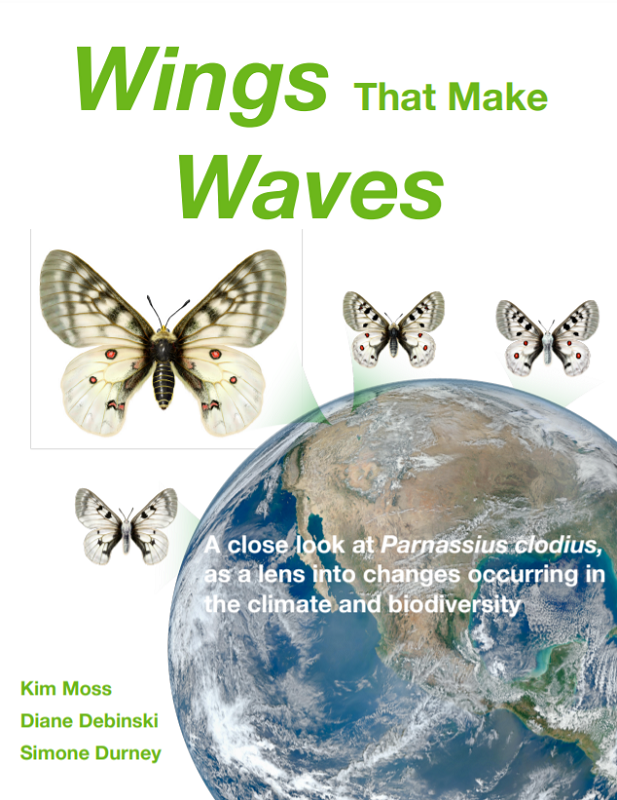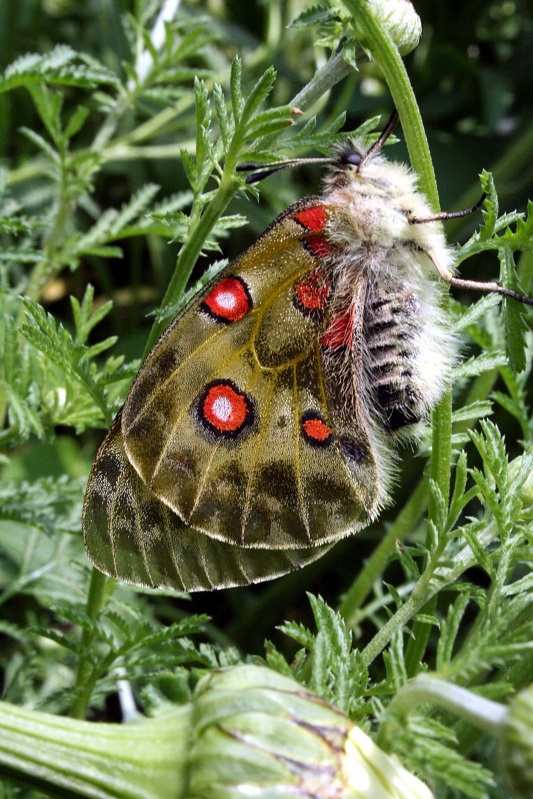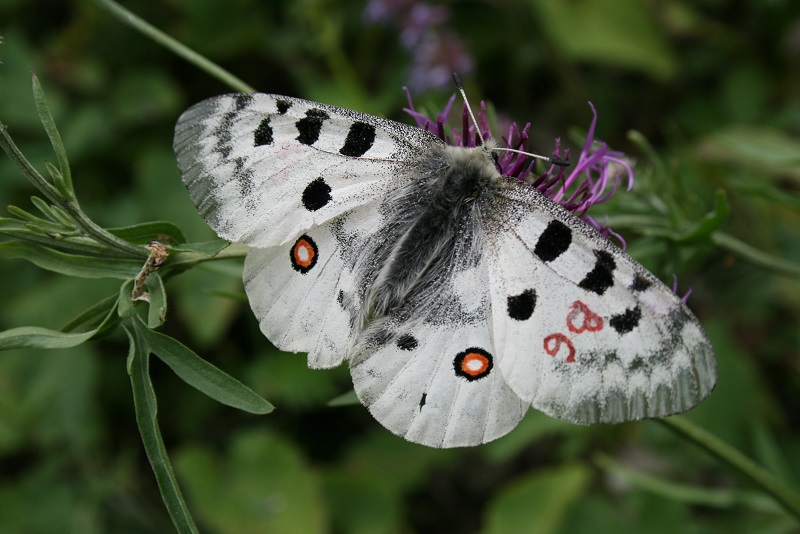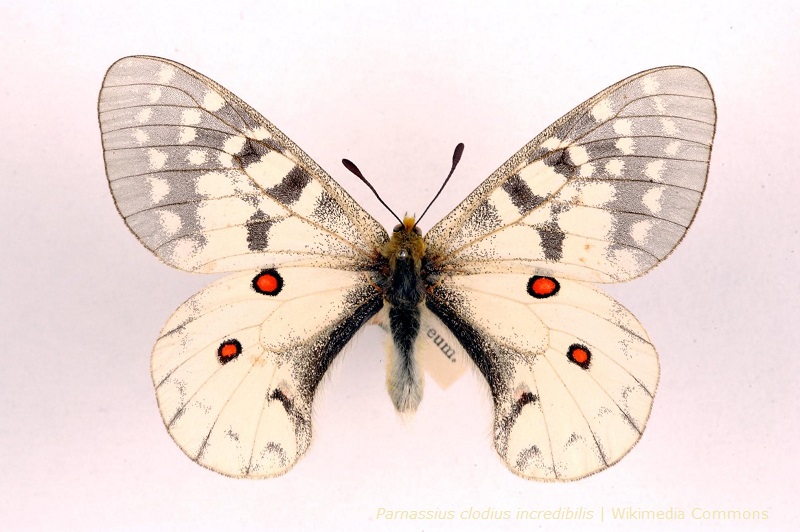Current climate change and the related loss of biodiversity affect many species of animals and plants. The latest publication of American researchers “Wings That Make Waves”, was created in cooperation with scientists from the University of Silesia. It presents the history of Parnassius clodius (Parnassius sp.) And shows how the butterfly is connected with ecosystems and species around the world. In the development of the English-language textbook, addressed primarily to teachers and students of primary and secondary schools, participated: Mirosław Nakonieczny, PhD, DSc, Assoc. Prof. and Andrzej Kędziorski, PhD from the Faculty of Natural Sciences of the University of Silesia.
The publication includes a variety of interactive materials, vivid illustrations and videos. Thanks to the textbook, the students will have the access to the field guides resources, photos, maps, illustrations and educational materials. The textbook is filled with information on the American Parnassius clodius. The authors describe its appearance, life cycle, systenance, survival strategies and environment. The in-depth presentation of the species was supplemented with forecasts for its future (fully dependent on human activity as environmental pollution and climate change put it in question). However, the publication presents ways to save nature using relatively simple methods, such as by cultivating home gardens. Prof. M. Nakonieczny and A. Kędziorski, PhD explained how the locally endangered Eurasian apollo (Parnassius apollo), also found in Poland, reacts to contemporary environmental challenges.
In addition to numerous photos and interesting content, “Wings That Make Waves” includes quizzes and tests to check the knowledge acquired while reading the book. The textbook is an opportunity to interest young people in nature and provide valuable information related to environmental protection in an attractive form.
The book can be downloaded for free from Apple Books. This method is recommended by the authors as it allows the students to take full advantage of the book’s interactivity. This is the only way to play the movie materials included in the document, or run quizzes. Users who do not use the Apple system can also get a copy of “Wings That Make Waves” by downloading the pdf file from the online hard drive provided by the University of Silesia – it also includes teaching aids for teachers.
Prof. M. Nakonieczny and A. Kędziorski, PhD has conducted research on Parnassius apollo (a genealogical cousin of Parnassius clodius) since 1995. It was then that they joined the programme of its restitution in the Pieniny National Park, responding to the invitation of prof. Zbigniew Witkowski from the Institute of Nature Conservation of the Polish Academy of Sciences in Krakóow (you can read more about the research in the article of “Gazeta Uniwersytecka UŚ (University of Silesia Magazine)” of 2010). Since then, both scientists have been involved in various projects carried out together with researchers from other countries. “Among them was the American ecologist Prof. Diane Debinski (currently from Montana State University)” says Prof. Miroslaw Nakonieczny. “In 2009, she was a speaker at the international scientific conference on the physiology, biochemistry and ecology of insects, organised periodically by the University of Wrocław. Three years ago, she invited us to participate in her project to popularise her research on Parnassius in Grand Teton National Park and the Greater Yellowstone Ecosystem. She wanted to show her research in a wider, global aspect, not only through the prism of the USA. Our research constituted a good comparative background. Hence our participation in the project financed by the Disney Conservation Fund.”
Cover of the textbook “Wings That Make Waves”
Parnassius apollo, photo: prof. Mirosław Nakonieczny
(Parnassius apollo), photo: prof. Mirosław Nakonieczny
Parnassius clodius incredibilis | Wikimedia Commons









